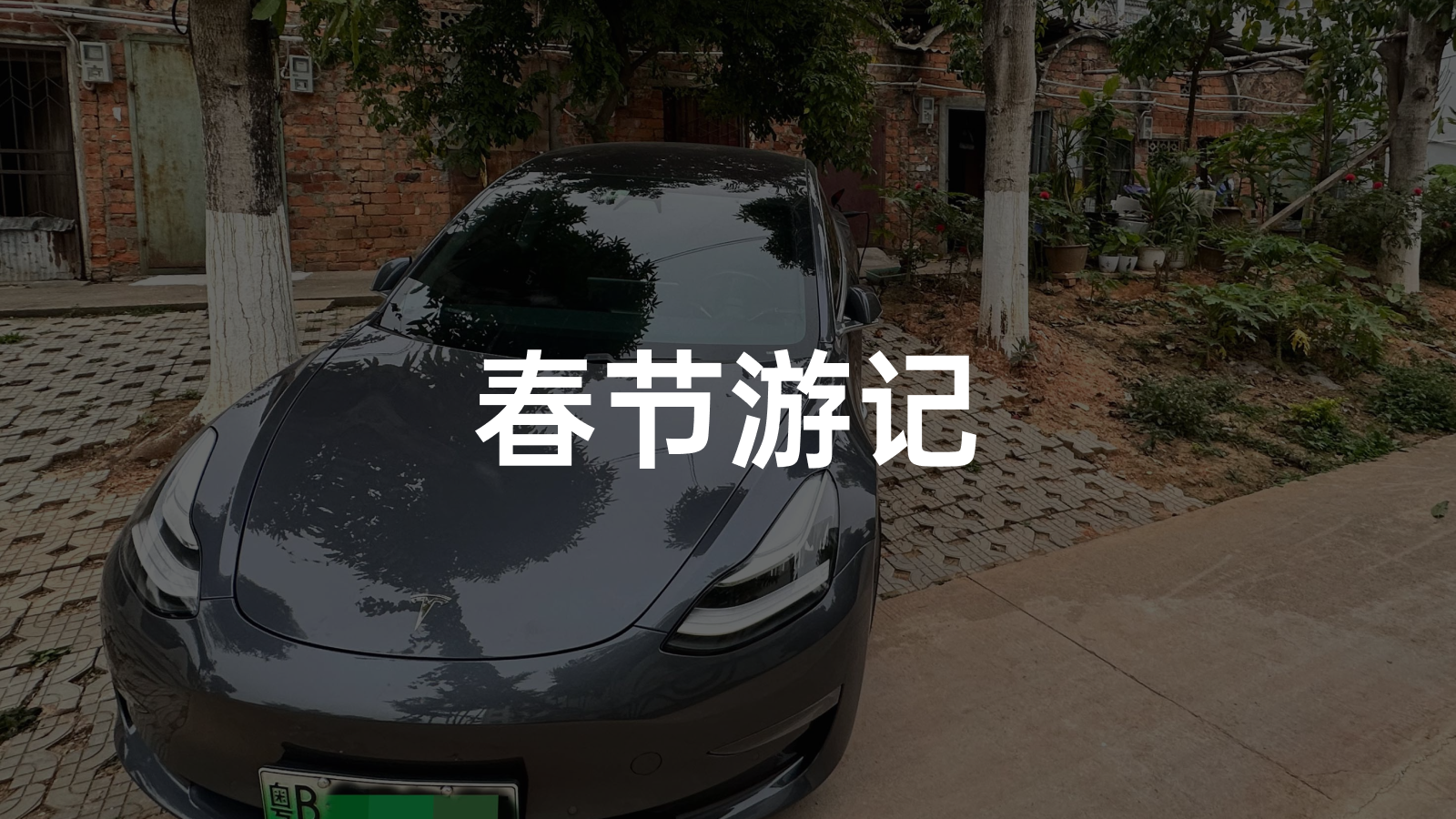Introduction
Editor’s Note: Linkkk_ is one of the early users of new energy vehicles, as an owner of a Model 3 rear-wheel drive with long range. During this year’s Spring Festival holiday, Linkkk_ took a cross-province trip from Guangdong to Guangxi, covering nearly 3,000 km, and contributed this detailed experience to us. How is the winter range of a 4-year-old Model 3? What is the energy supplement experience like in Guangdong and Guangxi? What interesting sights were there during the journey? Let’s follow Linkkk_’s perspective and take a look at this interesting journey.
Journey Overview
The Model 3 has been with me for 4 years, used mostly for daily commuting and occasionally for intercity travel. The vacation in 2023 came early, so I planned to take the little 3 to Guangxi. There were also some sneaky considerations: the highways and charging conditions in Guangdong and Guangxi are relatively good, the temperature is above 0 degrees Celsius in winter without icy road conditions, and the shorter distance is relatively controllable as the car’s first long-distance inter-provincial travel. Advance travel during the Spring Festival reduces the probability of traffic congestion. (Emphasizing the key word “cowardly”)
With new tires and a car charger on board just in case, I happily embarked on this Spring Festival journey. There were no thrilling experiences or magnificent scenery along the way, but there were some thoughts about new energy vehicles to share.
- Model: 2019 Tesla Model 3 rear-wheel drive with long range
- Route: Shenzhen-Zhaoqing-Yangshuo-Nanning-Zhaoqing-Shenzhen
- Time: January 17-January 26
- Mileage: 2,745 km
- Cost: Forgot to calculate…tolls were free during the Spring Festival period. Charging was done with Southern Electric’s fast charging ports on the highway, Porsche and NIO’s charging stations, Tesla’s superchargers, and household electricity using the on-board charger. Due to special reasons, the supercharging records did not show up on my account nor was there a charge. Using the average inflated rate of RMB 2/kWh to calculate, it cost RMB 930.
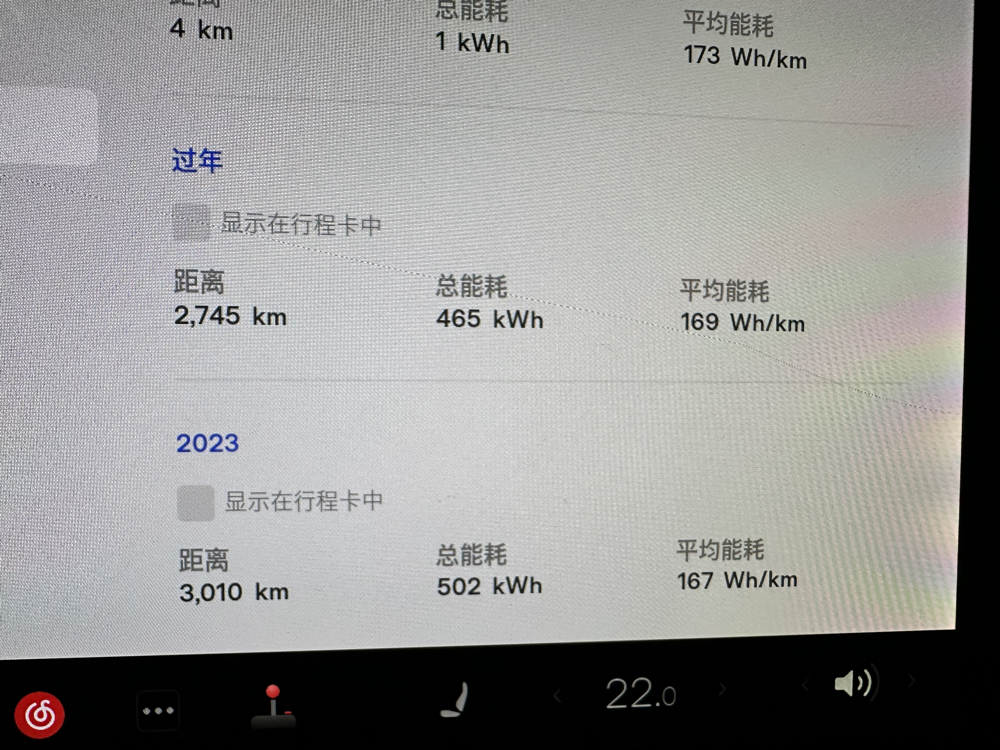
Electricity
Energy supplementation in the south is better than expected
Before departure, I deliberately got a car charger from Tesla. It served as an emergency backup in case there were no charging stations on the road, and also to try out the low electricity price of household electricity after reaching the destination. As a result, the car charger was completely useless, but the “boxing champion” plug with a Little Fighter King logo on it that I found in Nanning came in handy. After a quick modification, it was able to charge the car for about 40 hours, which was very practical and useful for emergencies.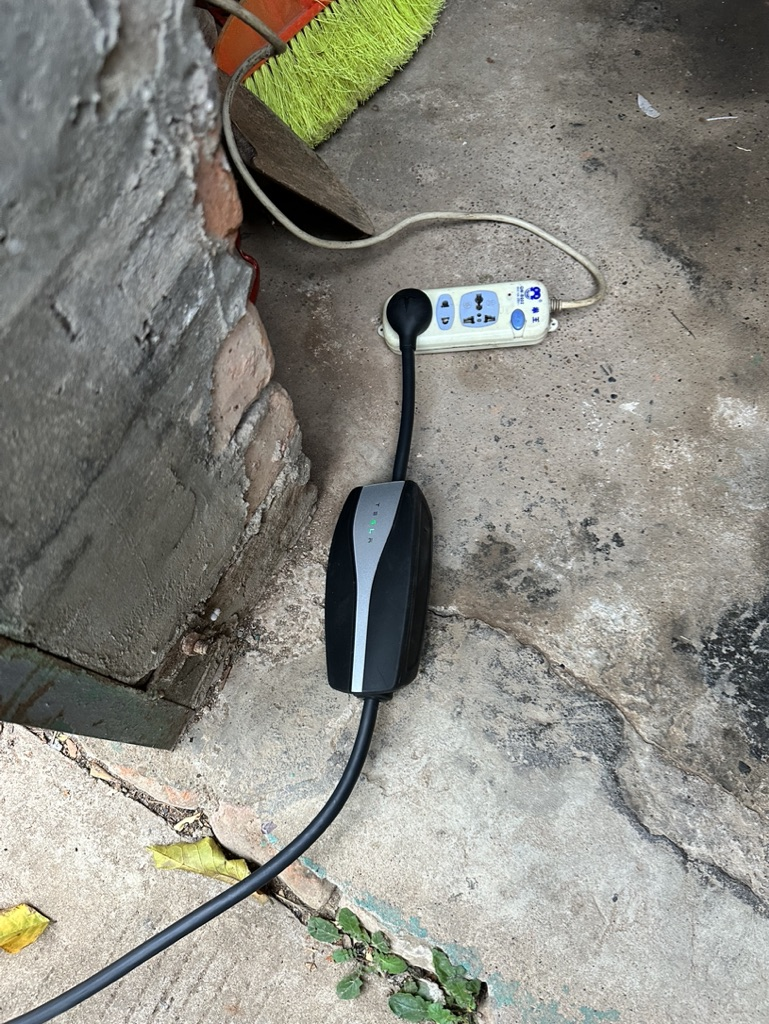
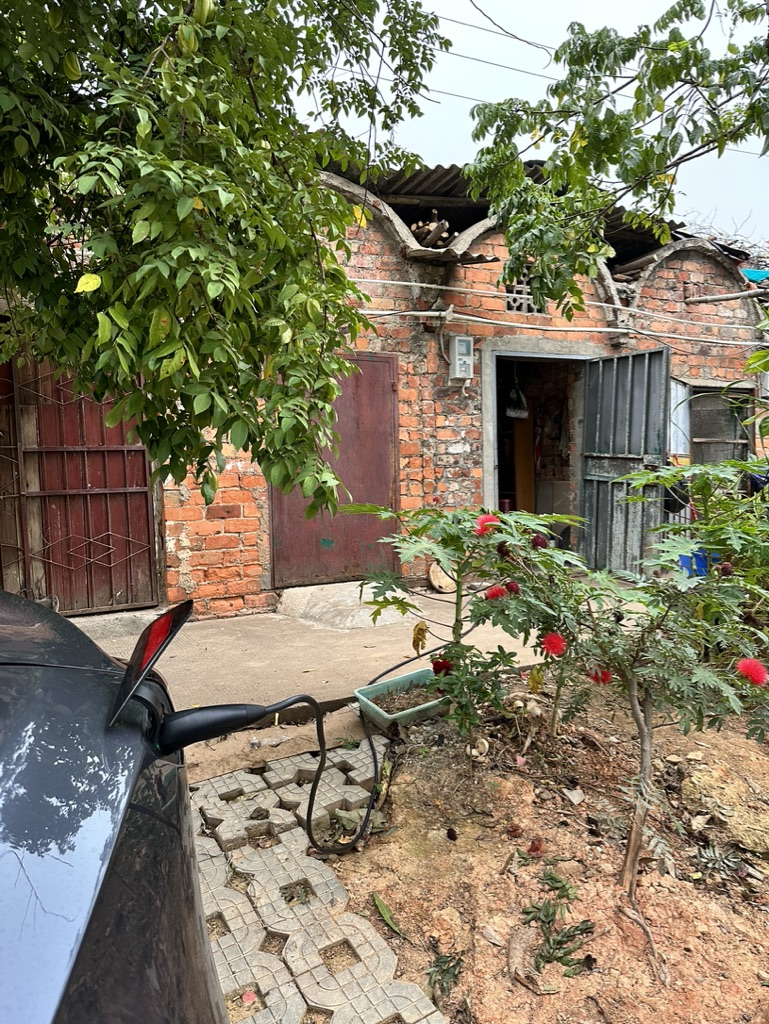
Almost every high-speed service area in Guangdong has charging piles, with at least 4 and up to more than a dozen. Half of these service areas are equipped with fast charging. However, even before the Spring Festival rush, there was once a need to line up for charging. In Guangxi, however, there are not as many charging piles in service areas, with less than half of the high-speed service areas equipped with charging piles. The good news is that there are fewer electric cars and no need to line up for charging.
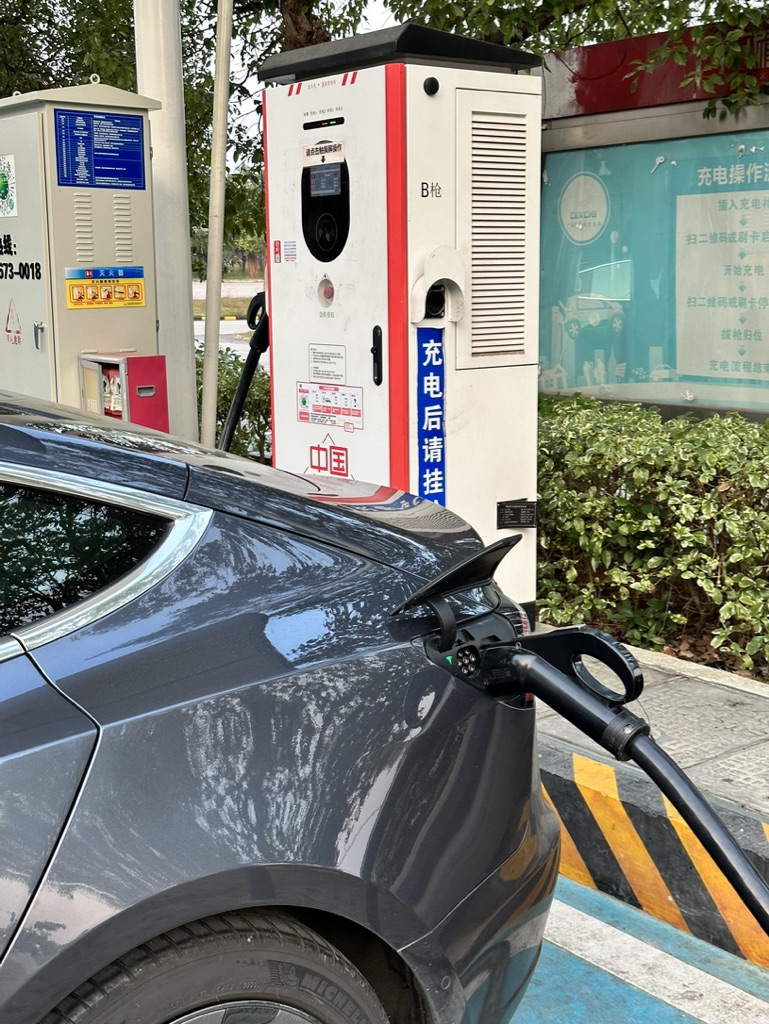
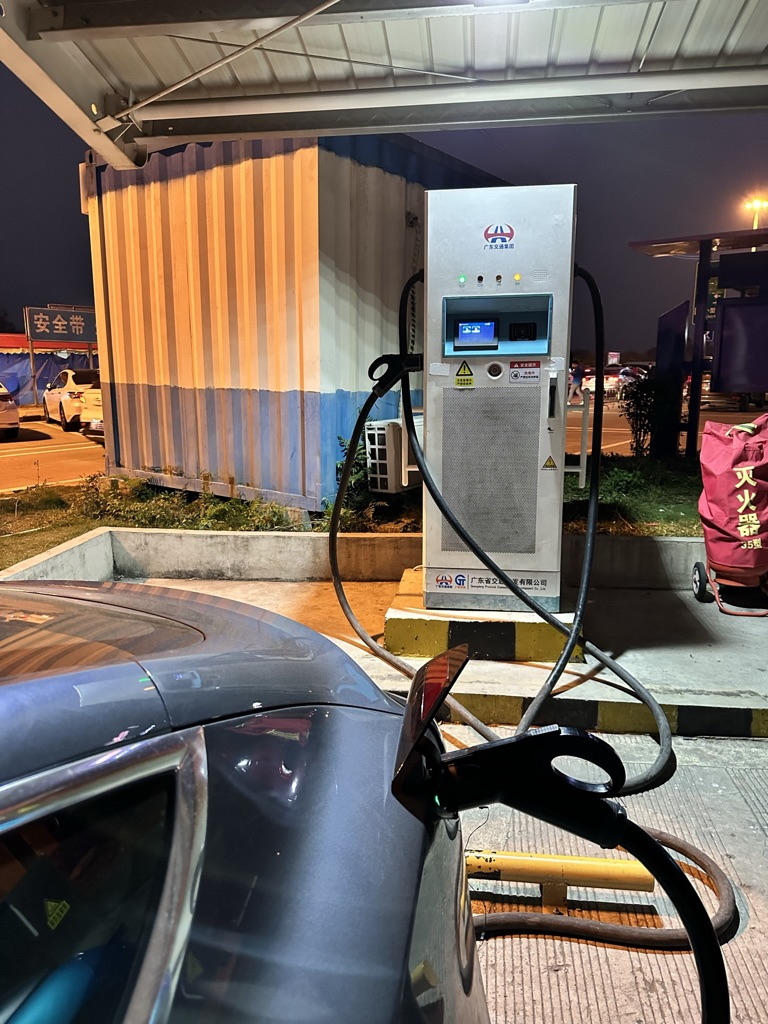
When passing through the Huangyao service area, I saw charging piles waiting to be installed.
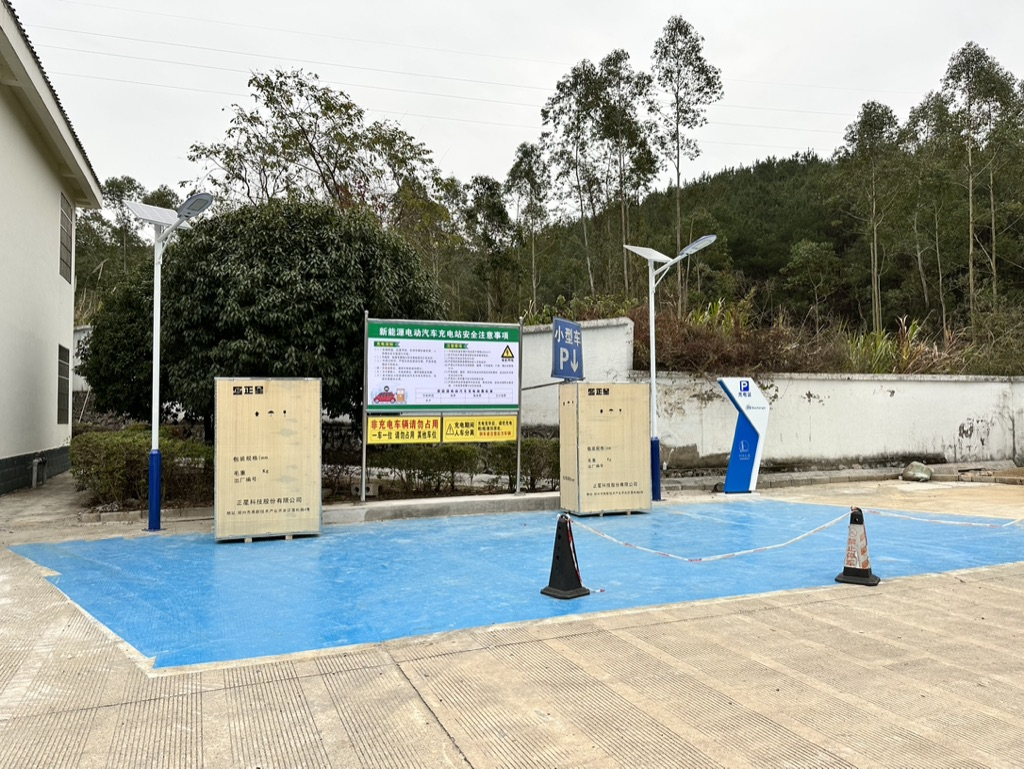
After exiting the highway, rely on third-party and car companies’ self-built charging piles. The hotel in Yangshuo has only 2 Porsche slow charging piles, but other brands can be used as well, although only support Alipay payment, which is very strange. On the way, besides Tesla’s own supercharging stations, I also saw available charging points such as NIO, XPeng, Teld and so on. Basically, key stopping points such as restaurants, hotels, scenic spots, etc. can find nearby charging facilities.
No range anxiety at all.
However, just as the charging service in Guangxi service areas is significantly reduced compared to Guangdong, the situation could exponentially worsen as you go further inland and north.
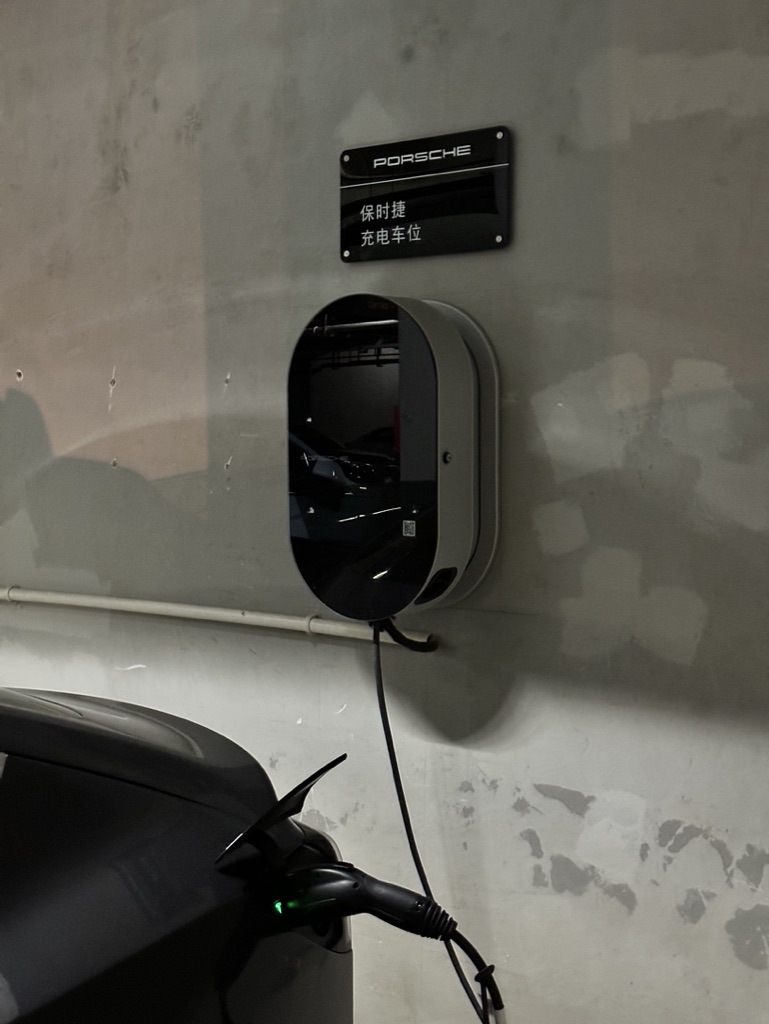
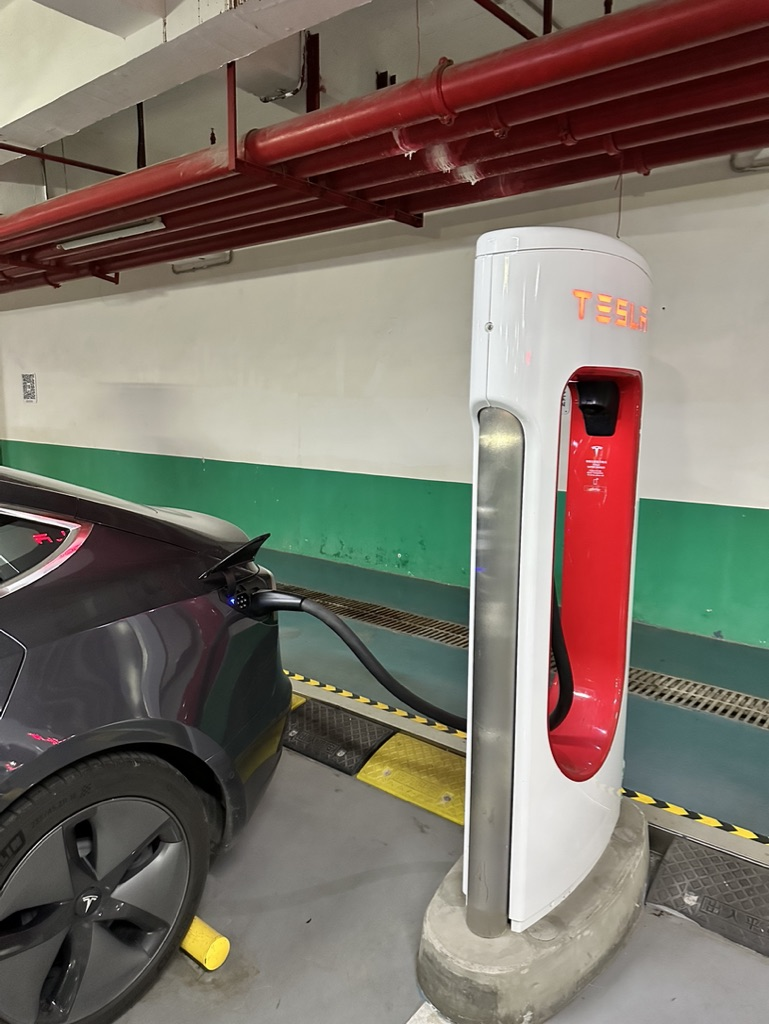
Car companies without self-built charging services are rubbish
At the beginning of the Spring Festival rush in Guangdong, there were queues for charging, and it can be foreseen that there will be long queues during the peak travel period. How long do you have to wait if there are or aren’t piles? In addition, most of the charging piles in high-speed service areas are old and poorly maintained, in a state of quantum uncertainty. At the Louding service area, there were four fast charging piles in a row, and all the interfaces were hung with a small wire. It is impossible to pull them out normally and you have to poke the unlocking port with a small wire.
To make matters worse, not every car company has seriously adapted to the power grid protocol. On the road, when encountering owners of traditional brands for the second time, it was difficult to charge up, even after scanning the code for a while. Impatient owners behind them complain, “If you can’t charge up, just leave and let us do it.” One Guangzhou Automobile owner was left out, scanning and paying five times, but still couldn’t charge up even with two different phones. As a good Samaritan, I kindly suggested that he could try the slow charging pile at the next service station, thus taking over their charging gun.
Fast charging piles are a scarce resource and the demand for pure electric vehicles is rigid, while vehicles with both oil and electricity are not so necessary. But they can still charge as electricity is cheap. So we may encounter someone who owns a Li Xiang ONE, occupying a charging pile and charging at a leisurely pace. Some friends may say, “Why do you keep bashing Li Xiang?” Here’s a positive point for Li Xiang: as a vehicle that can use both oil and electricity, the plug-in hybrid has a natural advantage for long-distance travel – all gas stations are energy supply points, with crushing convenience. But when it comes to this point, whether to go into the service area or not is still a problem. But the Li Xiang does have a big fuel tank!
What goes down must come up, and flow naturally comes. **NIO is truly outstanding in terms of energy replenishment, not only with their bug-level service of owning their own battery swap stations on highways, but NIO also has the most charging piles I have ever seen. I’ve encountered two directly in parking lots while having a meal. Furthermore, NIO has dedicated personnel for long-term maintenance, so there are few broken guns. Tesla owners who drive to Tibet and Xinjiang are grateful to NIO, and their charging pile is known as the oasis for long-distance driving of new energy vehicles. Not to mention their one-button electricity addition that calls a bread truck with a generator to come over, and the thoughtful service of small attendants at service areas during the Lunar New Year.
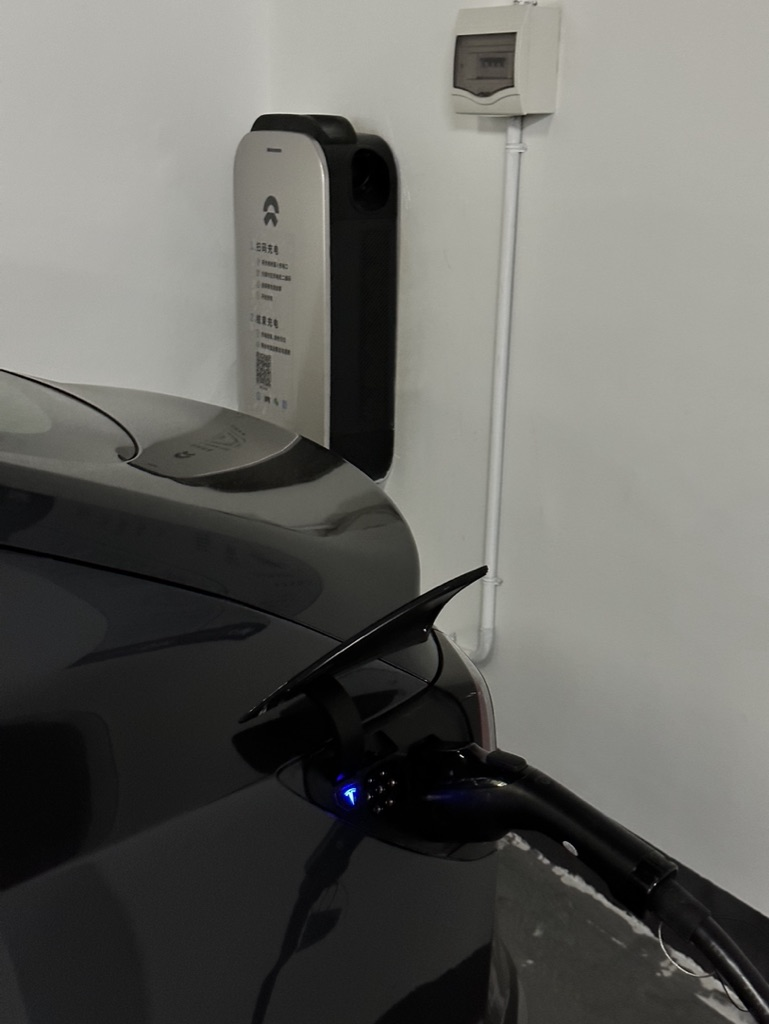
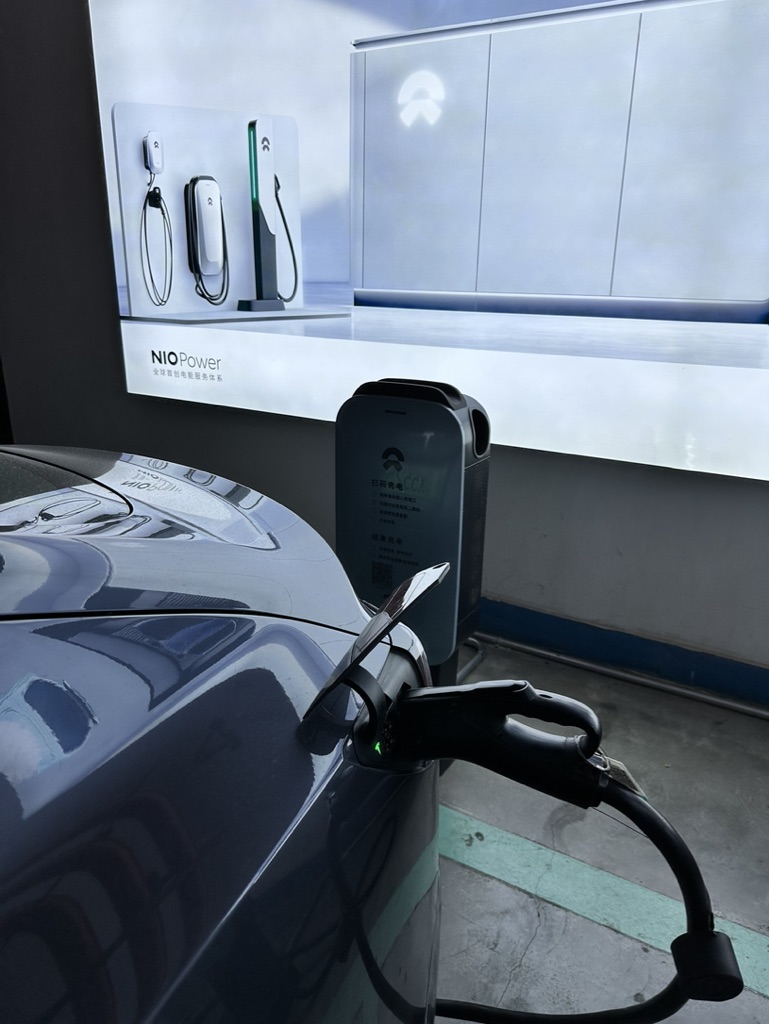
The journey from Yangshuo to Nanning is a bit long. Although the road is green all the way, in order to have better rest and meals, and to visit the new energy vehicle mecca Liuzhou, I got off the highway halfway. There was a hotel with a Tesla Supercharger about ten kilometers away. I had a bowl of snail noodles, charged my car, and continued on the highway. In Yulin, there were many owners with the same idea. This detour did not take up too much time, and the speed of Supercharging enabled me to continue my journey even faster. As for Nanning, there are 9 Supercharger stations with over 60 charging piles.Due to the high demand for charging piles on highways during peak travel periods, the charging piles are unreliable and the queue time is uncontrollable. Owners with no self-brand supplementary energy system can only plan their travel routes as detailed as possible or wait foolishly for an continuously extended wait time on the road. Therefore, I believe that car companies without self-built energy supplement systems are all garbage, all of them.
Good technology cannot oppose natural laws
This section is for friends who are still considering new energy vehicles. Old drivers who have become the system can skip it.
Since supplementing energy during high travel peak periods is a very serious issue, it is important to discuss how to use the vehicle’s electricity more efficiently. I personally have no say in this regard, but as a long-range user, for 4 years, with an indicated range of more than 460+ km, I can still charge this route a few times and have it increase back to 470+ km. In order to let more friends join the new energy vehicle family, I will share my personal driving experience. If you think I am wrong, then the keyboard is yours to write.
The most obvious subjective feeling is speed. If you like to use AP to maintain a speed of 120 km/h on the highway, lowering the speed to 110 km/h will greatly reduce energy consumption. Similarly, if you drive at 144 km/h in Guangdong Province, the battery life will start to “collapse”. Driving habits are just as important as speed. Many car owners find that the energy consumption of using AP is relatively low because most people will enable AP when the road condition is good and the vehicle can maintain a stable speed. If driving on your own and frequently accelerating and decelerating, motor power consumption will naturally increase.
As a southern car owner, the impact of outdoor temperature on battery life is relatively weak. This time, encountering a sharp drop in temperature on the road, the outdoor temperature dropped to about 5 degrees, and energy consumption increased compared to when we left. When the outdoor temperature is low, the interior of the car needs to be kept warm with the air conditioner, which increases energy consumption. When the battery is at a low temperature, the activity of the battery will decrease, and some vehicles will even heat the battery to improve the activity, but the battery life will decrease and energy consumption will increase. The debate on the endurance of new energy vehicles on online platforms is partly due to the difference in driving environments between northern and southern car owners. For example, cars with a claimed endurance of 400 km in winter in the north can be directly “halved” to 200 km.
One reason for not choosing to travel in a more northerly direction is that novice drivers are afraid of not being able to handle snowy days. Although encountering snowy days is rare, rainy days are common. Energy consumption on rainy days will also increase significantly. The president of Hangzhou Ideal Car Club and the chief editor of 42 garage taught me that the rain increases the resistance of the road surface, and the vehicle needs more energy to control the speed when accelerating and decelerating.In the face of nature, humans are small, and natural factors such as wind resistance, temperature, and weather can have a noticeable impact on range. When we watch evaluations, they are usually conducted under relatively stable conditions and represent ideal data, which can reflect the three-electricity level of car manufacturers. Better data implies better technology capabilities, but it cannot represent the actual use cases, as they usually differ from the evaluation data. It should be noted that such data comparisons are not very rigorous and have a large operational space. It is recommended to find relatively reliable evaluation comparisons of different models under the same road conditions.
Cars
Advanced driving assistance systems are the core indicators of new cars.
“New energy vehicles” is a strange concept, and the emphasis seems to be on “energy,” to the point that we had a discussion about whether an ideal range extender could be considered a new energy source, or whether hybrid cars from Japanese manufacturers could be considered new energy vehicles. I prefer to split it into two aspects: “new” and “new energy.” “New energy” naturally refers to the raw material that replaces fossil fuels, including hydrogen energy. The ideal range extender is not really included in this category. However, the ideal car belongs to the concept of “new car,” which is different from the traditional car concept, emphasizing the software iteration, service ecology, interconnectivity, and artificial intelligence of vehicles in a one-shot molding and traditional production and transaction. Some car owners have put forward the argument that “Level 2 assisted driving of gasoline cars is also useful, and new energy vehicles are not worth mentioning,” which is also reasonable.
I drove a total of 2,745 km on this trip, with an estimated 2,000 km on the expressway, of which 1,500 km were driven using AP (Tesla’s weak vehicle system does not have ideal driving records and is truly garbage). As long as the traffic density is not high, I will turn on the assisted driving. Even when overtaking, I use the blinker to operate. The whole process only requires me to keep my attention and sight on the road, hold the steering wheel, and occasionally roll the speed roller to respond to Tesla’s misjudgment when the hand is not on the steering wheel. A stable and reliable assisted driving system can greatly improve the experience of long-distance driving, reduce the physical and mental burden of drivers. The whole expressway is not very tiring, the waist is not sore, and the legs are not painful, but you need to be careful not to fall asleep. When the traffic density is high, I will take over manually. Tesla’s vehicle distance is based on the American standard and can be overwhelmed at any time.
If the lane-keeping and cruise control can partially complete the functions of assisted driving, then the combination of active safety with assisted driving makes the concept of “intelligent driving” more clearly defined (of course, this is not unique to Tesla, but only because I am driving a Tesla). As for the Model 3’s central control screen, some say it is designed to reduce redundancy, while others say it is to force drivers to develop new habits. One less mentioned aspect is that when road information is visually displayed on the screen, it can provide information support for the driver’s judgment and increase the driver’s confidence during assisted driving. For example, if a car sneaks up on me and drives parallel with me without exceeding the front windshield of the car in front, the central control screen can already display the entire vehicle. The functions of side collision warning, front collision warning, and lane departure warning all highlight the word “cautious”. Many times, due to accidents or increased traffic flow ahead, the front car suddenly slowed down, even if I felt the car was at a safe distance, the car machine would ring to remind me to pay attention. Although Tesla’s solution is vision-based, it is definitely faster and more direct in quickly judging anomalies than the human eye.## Translation
No matter which brand of mass-produced car it is, current stage driving assistant feature is only supplementary. Drivers still need to pay attention to the road and take prompt actions in case of any emergency. Personally, I have met Tesla’s classic Bad Case, Ghost Braking, twice while driving on a straight road with a vehicle far ahead. I overtook a car at a high speed and suddenly the Tesla car came to a sudden halt. However, I had previously experienced this kind of sudden braking without any prior warning. After a quick scan of the road and the information displayed on the central console, I confirmed there was no issue, and resumed overtaking successfully. Fortunately, no car was tailing behind me at either time. I would like to remind all drivers not to completely rely on machines for their and their family’s fate while on the road, which is extremely irresponsible to themselves and other vehicles on the road.
Why not use NOA? First, Tesla should optimize the map navigation for ease of use, and then discuss this issue. For me, according to the navigation, heating the battery in advance is not necessary since I don’t have a heat pump with Three-element cells.
Trunk Capacity Matters
Although this trip was not long or short, the temperature drop was severe, so we needed more clothes, as well as various items like Bean Sprout’s small toys and a small portable toilet. Model 3 has a spacious trunk, which is essential in such situations with a sub-trunk compartment. You can easily fit all your belongings inside without any hassle. During holidays or travelling with family and friends, accommodating everyone and their luggage in a car can be challenging. It’s important to have a proper trunk that can take 4-6 people’s luggage. At the hotel parking lot, the majority of cars were large SUVs, MPVs, or even some with luggage racks. A car like Model Y, which is inherently more massive, can be convenient, especially with its flat-folding, spacious rear trunk. As a Model 3 owner, I envy the ability of Model Y’s back trunk that can already accommodate so much.
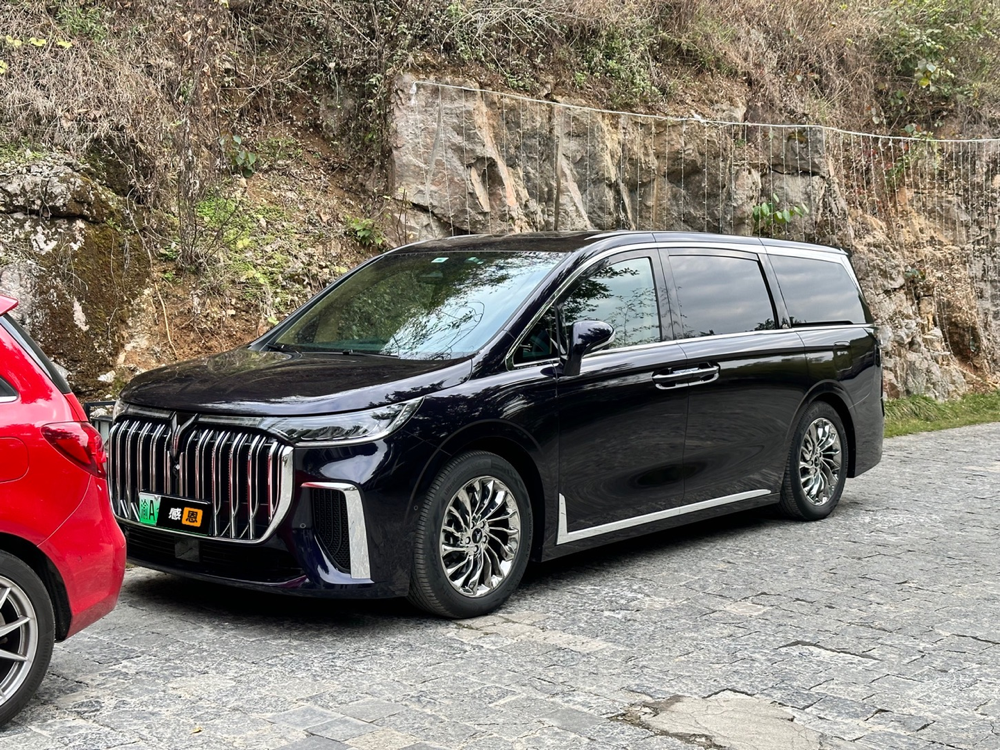
Thanks to its electric power system and no large petrol engine, Model 3’s front trunk is also spacious. Although it is not used regularly, it is still useful in long journeys. That’s why I think all cars that undergo the platform transition, which aims to replace fossil fuel vehicles with electric ones, are rubbish. Although using this particular platform can ensure a fast project completion, which can support both petrol and electric vehicles, there are still several problems such as electric car layouts have very limited space that are affected by petrol vehicle designs, leading to low utilization and strange functional designs. For instance, typical cases are that there is no front trunk, charging ports are located at the front, and the rear seat platform is raised. Similarly, when a car model has both a pure electric model and a petrol or extended-range version, it is advised not to choose the pure electric model.### Endurance depends on usage scenario
The above mentioned scenarios were all on the highway, where longer endurance is always better. Longer endurance means larger battery, higher performance motor, better kinetic energy management strategy, lower wind resistance, and lighter weight body, all pointing towards higher price. Performance, price, and size are the impossible triangle of cars (in fact, “safety” can be added as well), and consumers cannot “have it all” with a thin wallet. In choosing the Model 3 model, to respond to the uncertainty of future scenarios, the final choice was a long-endurance, single-motor, small-wheel version, at the cost of high price, large 0-100 numerical value, and a not so stylish appearance.
Based on personal usage and that of friends around, here is a rough reference:
-
if there is a need for cross-provincial travel or long-distance driving, choose a car model with endurance of at least 400 km. This endurance distance can ensure only one energy replenishment is needed within 500 km; even if there is no available charging station at the current service area, one can still travel to the next service area for charging. Or, you can recharge directly off the highway when necessary.
-
If there are frequent intercity transportation needs, choose a car model with endurance of at least 300 km. Generally speaking, 200 km can cover most commuting within city clusters, the extra mileage allows for charging to be arranged within the city, which is relatively more convenient. Some large provinces like Xinjiang and Tibet have transportation within province considered “cross-provincial”!
-
If mainly for city transportation, cars with endurance of less than 200 km are enough, and energy replenishment is needed at most twice a week. Moreover, first-tier cities do not worry about energy replenishment points, while third and fourth-tier cities can consider installing home charging piles. Second-tier cities are relatively awkward. I have seen small electric cars used for sharing and patrols in Guangxi.
The above distances are all actual distances that can be reached at temperatures above 10 degrees when the cars are newly launched, not the mileage on the manufacturer’s promotional materials. Based on personal experience, CLTC should take 80% of Tesla’s EPA value, and EPA should take 80% of the mileage for regular people driving on highways. In addition, actual use needs to consider the natural decay of the battery within 2 years after launch.
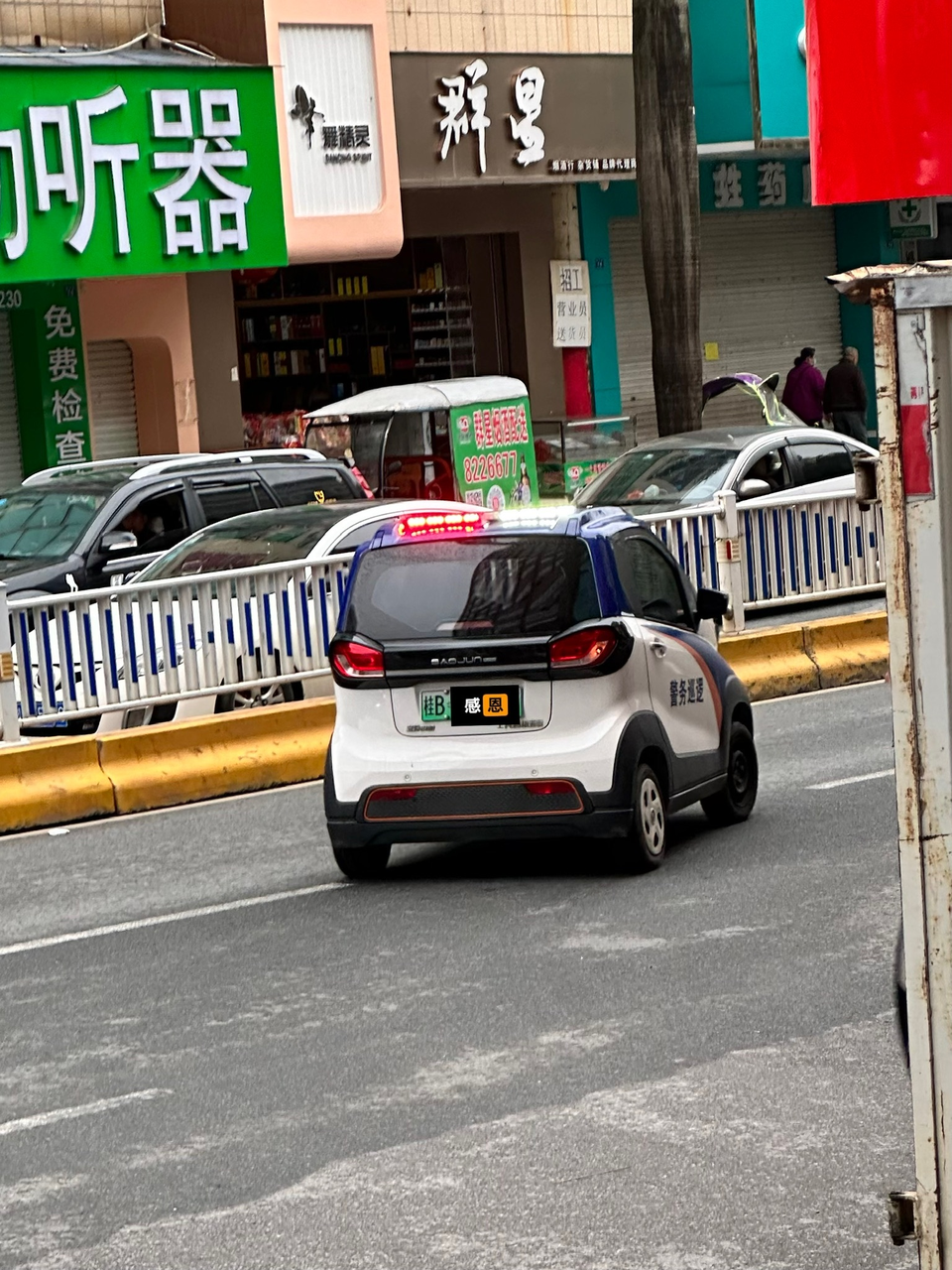
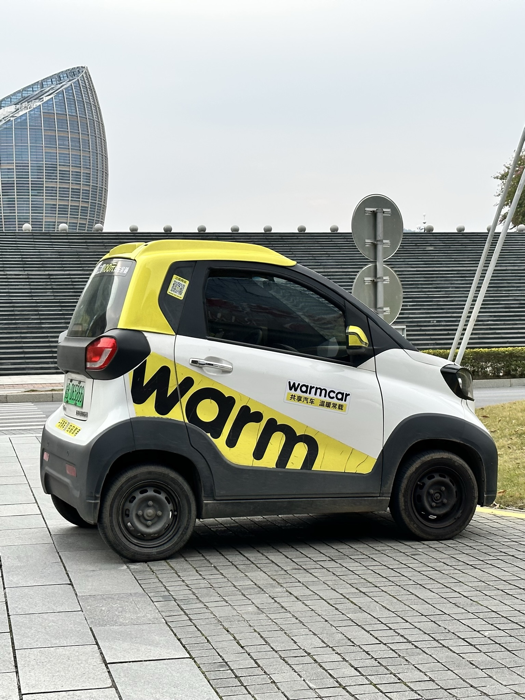
People
During my trip to Guangdong and Guangxi, I encountered more new energy vehicle owners than I had imagined, including those with plates from Beijing, Shanghai, Liaoning, Chongqing, Yunnan, and more, as well as various brands such as Li Xiang, NIO, XPeng Motors, GAC, Landtu, BYD, and others. In Yangshuo, I met a Model Y owner from Chongqing who mentioned that it was very convenient to recharge the car along the way and they quickly arrived at the highway. In Hezhou, I met a family of Model 3 owners from Beijing who took 4 days to slowly travel and play along the way with luggage racks on top of the car.
There were also many types of cars, not just ordinary sedans, but also SUVs and MPVs mentioned above. Everyone who got out of the car was a family, occasionally with one or two small dogs, all happy and harmonious. In Yulin, I also met two Model Ys from Chaozhou traveling together. Before, I never really understood why NIO had a car fleet mode on the car’s infotainment system. It wasn’t until I met them that I realized that if several cars traveled together on a long journey, they could use the car’s map to see the real-time location of each car and communicate with each other via voice, which was a useful long-distance travel feature.
Basically, new energy vehicles and their owners are just as happy to travel as gasoline vehicles and their owners, enjoying the joy of the journey and the joy of companionship. At least in the south, there are no special troubles or difficulties.
2023, See You on the Road
After this trip, besides the scenery, I was also impressed by the traffic on the highway, the tourists in Yangshuo, the fireworks in Nanning, and the laughter of passersby. After 2022, it seems that everyone cherishes lively gatherings more and is more willing to go out and see the scenery with the people around them. I believe that in 2023, more people will travel, and there will be more new energy vehicles on the road.
As a novice electric vehicle owner completing this trip, I have more confidence and expectations for traveling with my small electric car. Maybe I can even go to the base camp of Mount Everest. Writing all of this, I hope to provide friends who are observing new energy vehicles with more perspectives and information. Welcome to join us in “accelerating the world’s transition to sustainable energy”. See you on the road in 2023.
Finally, I’d like to share some pictures of the Guilin landscape. Thank you for reading this far.
 “`markdown
“`markdown



html



“`
This article is a translation by ChatGPT of a Chinese report from 42HOW. If you have any questions about it, please email bd@42how.com.
